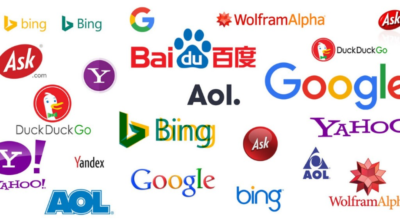SFP28 transceivers are small form-factor pluggable transceivers that operate at 28Gbps data rates. They are designed to support high-speed data transmission over fiber optic cables and are widely used in data center networks, enterprise networks, and telecommunications applications. In this blog post, we will provide an overview of SFP28 transceivers, their specifications, and their applications.
SFP28 Transceiver Specifications
SFP28 transceivers are designed to operate at a wavelength of 850nm or 1310nm and support distances up to 30km. They are compliant with the SFF-8431 and SFF-8432 standards and are compatible with the SFP+ MSA (Multi-Source Agreement) form factor. SFP28 transceivers use LC duplex connectors and support both single-mode and multimode fibers.
The SFP28 transceiver is a hot-pluggable module, meaning it can be inserted and removed from a host device without powering down the system. It also supports digital diagnostics monitoring (DDM), which enables the host device to monitor the performance of the transceiver, such as temperature, voltage, and optical power.
Applications of SFP28 Transceivers
SFP28 transceivers are commonly used in data center networks, where high-speed data transmission over short distances is required. They are also used in enterprise networks and telecommunications applications, where high-speed data transmission over longer distances is required. Here are some of the most common applications of SFP28 transceivers:
- 10G Ethernet: SFP28 transceivers can be used to support 10G Ethernet applications, providing higher data rates than SFP+ transceivers.
- Fibre Channel: SFP28 transceivers can be used in Fibre Channel applications, supporting data rates up to 28Gbps.
- InfiniBand: SFP28 transceivers can be used in InfiniBand applications, supporting data rates up to 28Gbps.
- Data Center Interconnect: SFP28 transceivers can be used for data center interconnect applications, connecting data centers over short distances.
- Metro Networks: SFP28 transceivers can be used in metro networks, supporting data transmission over distances up to 30km.
Advantages of SFP28 Transceivers
SFP28 transceivers offer several advantages over other types of transceivers, including:
- Higher Data Rates: SFP28 transceivers support data rates up to 28Gbps, providing higher data rates than SFP+ transceivers.
- Lower Power Consumption: SFP28 transceivers consume less power than other types of transceivers, making them ideal for use in high-density data center environments.
- Hot-Pluggable: SFP28 transceivers are hot-pluggable, which means they can be inserted and removed from a host device without powering down the system.
- Digital Diagnostics Monitoring: SFP28 transceivers support digital diagnostics monitoring, enabling the host device to monitor the performance of the transceiver.
Conclusion
SFP28 transceivers are a popular choice for high-speed data transmission over fiber optic cables. They offer higher data rates than SFP+ transceivers, consume less power, and are hot-pluggable. SFP28 transceivers are commonly used in data center networks, enterprise networks, and telecommunications applications, supporting data transmission over distances up to 30km.









